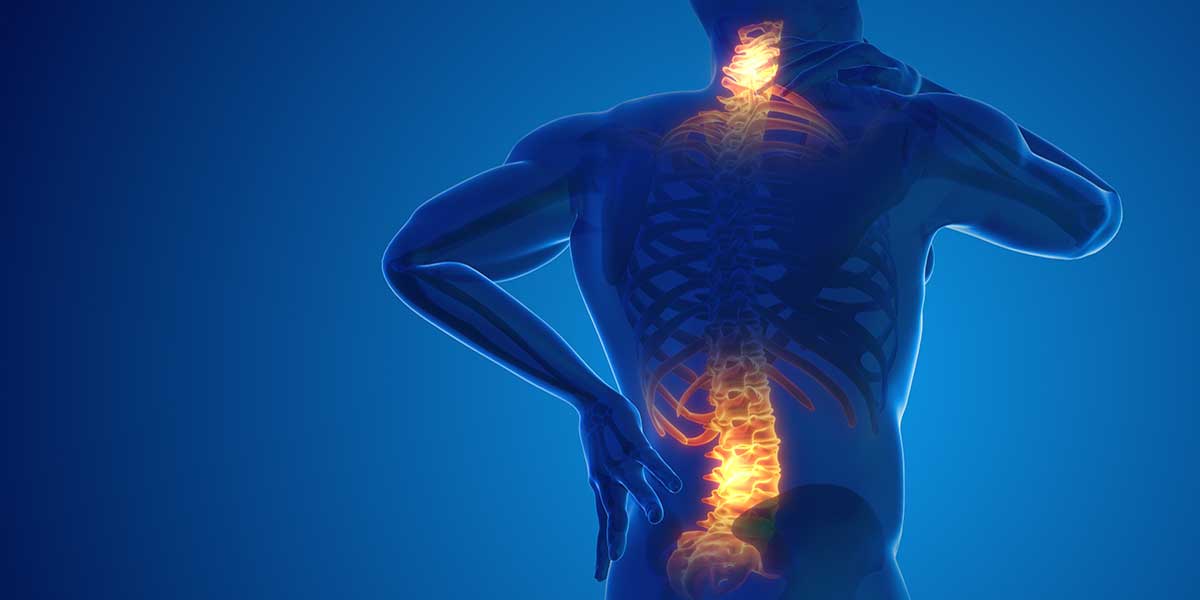Treating Neck and Back Pain with Physical Therapy
Neck and back pain are common complaints that affect millions of people around the world. Whether it’s due to poor posture, overuse, injuries, or underlying medical conditions, dealing with persistent discomfort can be challenging. Fortunately, physical therapy is a highly effective and non-invasive approach to treating and managing neck and back pain. In this blog post, we will explore the benefits of physical therapy in alleviating neck and back pain and provide insights into how it can help you regain your quality of life.
Understanding the Causes of Neck and Back Pain
Before diving into the role of physical therapy in treating neck and back pain, it’s important to understand some common causes of these issues:
- Poor Posture: Maintaining poor posture, especially during extended periods of sitting or standing, can strain the muscles and ligaments of the neck and back.
- Muscle Imbalances: Imbalances in the strength and flexibility of muscles supporting the spine can lead to pain and discomfort.
- Injuries: Accidents, falls, and sports-related injuries can damage the spine, resulting in acute or chronic pain.
- Degenerative Conditions: Conditions like osteoarthritis, herniated discs, and spinal stenosis can cause chronic neck and back pain as the spine’s structures deteriorate over time.
- Stress and Tension: Emotional stress and tension can contribute to muscle tightness, exacerbating neck and back pain.
The Role of Physical Therapy
Physical therapy is a comprehensive and individualized approach to treating neck and back pain. It focuses on improving mobility, strength, and function while reducing pain and preventing future issues. Here are some ways physical therapy can benefit those suffering from neck and back pain:
- Pain Reduction: Physical therapists employ various techniques such as manual therapy, heat or cold therapy, and therapeutic exercises to reduce pain and inflammation.
- Improved Posture: Therapists educate patients on proper body mechanics and ergonomics to promote better posture, reducing the risk of future pain.
- Muscle Strengthening: Targeted exercises help strengthen the muscles that support the spine, reducing strain and enhancing stability.
- Flexibility and Range of Motion: Stretching exercises can improve flexibility and range of motion in the neck and back, making it easier to move without pain.
- Education and Self-Management: Physical therapists empower patients with knowledge about their condition, teaching them how to manage their pain and prevent future issues through home exercises and lifestyle modifications.
- Hands-On Treatment: Manual therapy techniques, such as joint mobilization and soft tissue manipulation, can help alleviate pain and improve mobility.
- Customized Treatment Plans: Physical therapy plans are tailored to the individual needs and goals of each patient, ensuring a personalized approach to recovery.
Preventing Recurrence
One of the key advantages of physical therapy is its focus on preventing the recurrence of neck and back pain. Through ongoing exercises and lifestyle modifications, patients can build strength and resilience, reducing the likelihood of future pain episodes. Additionally, physical therapists provide guidance on ergonomics, posture, and movement patterns to help patients maintain a healthy spine.
Neck and back pain can significantly impact your quality of life, but it doesn’t have to be a lifelong struggle. Physical therapy offers a holistic approach to addressing the root causes of pain and helping patients regain their mobility, strength, and overall well-being. If you are experiencing neck or back pain, consider consulting a physical therapist to develop a personalized treatment plan that can lead you on the path to a pain-free life. Remember, seeking early intervention and actively participating in your recovery are essential steps in achieving lasting relief from neck and back pain.







